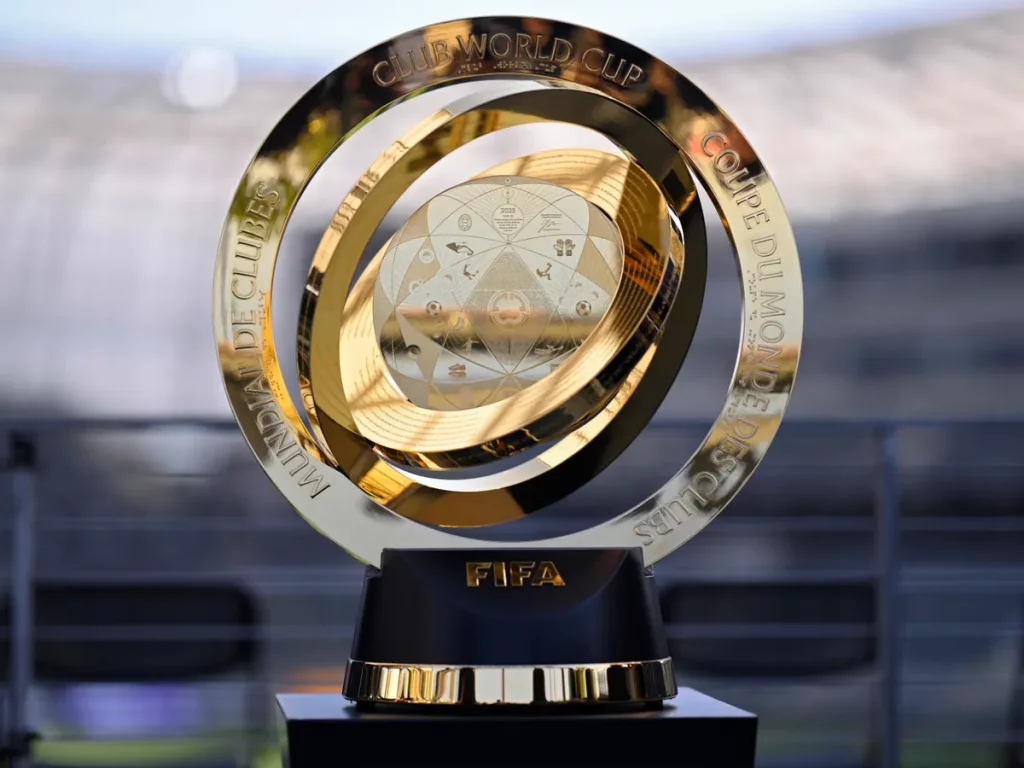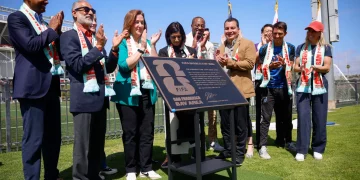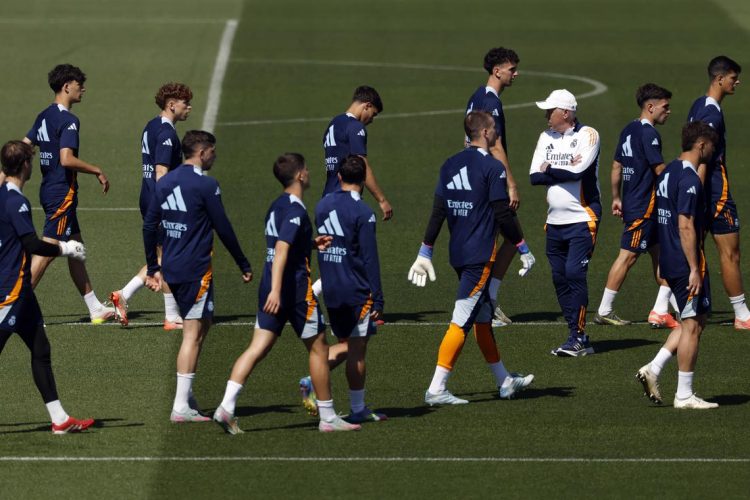Tactical Breakdown of Al Hilal’s Upset Against European Giants
The 2025 Club World Cup stunned football fans worldwide when Al Hilal, a Saudi Arabian club, defied expectations and defeated some of Europe’s most prestigious teams. This remarkable feat wasn’t a matter of luck but the result of a well-executed tactical plan that exploited the strengths and weaknesses of their European opponents. Al Hilal’s coach crafted a system emphasizing compactness, quick transitions, and positional discipline. The team adopted a flexible 4-1-4-1 formation, which allowed them to control the midfield space and disrupt the rhythm of possession-based European clubs. Defensive midfielders played a pivotal role by shielding the backline and cutting passing lanes, forcing opponents into less dangerous wide areas. The forwards and wingers remained disciplined in pressing but were ready to launch rapid counterattacks exploiting the pace and physicality that Asian players had honed over years of international exposure. Set pieces were another critical weapon; Al Hilal’s ability to capitalize on corners and free kicks led to crucial goals, highlighting their preparation and aerial dominance. This tactical maturity not only nullified European attacking threats but also maximized scoring opportunities, marking a paradigm shift in Asian football’s tactical sophistication.
Scouting Networks’ Role in Bridging Talent Gaps
Al Hilal’s on-field success is a reflection of the behind-the-scenes overhaul in scouting and recruitment strategies embraced by many Asian clubs. Unlike earlier eras where Asian teams relied predominantly on local talent, the current generation of clubs has invested heavily in global scouting networks. These networks span Europe, South America, Africa, and increasingly Asia itself, identifying undervalued players who can integrate seamlessly into Asian leagues. Al Hilal’s squad composition, which features seasoned international stars alongside emerging local players, exemplifies this balanced approach. Such recruitment not only raises the team’s quality but also provides a vital exchange of tactical knowledge and professionalism. Moreover, partnerships with European clubs for knowledge transfer in scouting methodologies, sports science, and player development have become standard. Asian clubs have also benefited from improving infrastructure—state-of-the-art training facilities and youth academies that cultivate local talent to complement imported players. The result is a continuous talent pipeline capable of competing at the highest levels, narrowing the historical quality gap with traditional football powers.

Financial Fair Play Implications for Asian Clubs
The recent success of Al Hilal and other Asian clubs on the global stage cannot be divorced from the significant financial backing they enjoy, primarily from sovereign wealth funds and corporate sponsors. Saudi Arabia’s Public Investment Fund (PIF) stands out as a prime example, channeling resources that enable clubs to attract marquee players and enhance facilities. However, this financial muscle brings into focus the challenge of financial sustainability and regulatory compliance. Unlike UEFA, where Financial Fair Play (FFP) rules are well-established, Asian football authorities are still in the process of defining similar frameworks to regulate club spending and maintain competitive balance. As Asian clubs increase their global profile, pressure mounts to ensure transparency and prevent an arms race in player salaries and transfer fees. The introduction of tailored FFP regulations in the Asian Football Confederation could stabilize the market and encourage long-term growth without risking financial crises. Furthermore, increased commercial revenues from broadcasting, sponsorship, and merchandise sales provide a pathway to financial independence. In this context, Al Hilal’s performance is a litmus test for how well Asian clubs can balance ambition with fiscal responsibility in a rapidly evolving football ecosystem.
The Emerging Asian Football Landscape
Al Hilal’s remarkable run in the 2025 Club World Cup signals more than just a single club’s achievement; it represents the broader emergence of Asian football on the world stage. The continent is witnessing a transformative period where strategic investment, tactical evolution, and talent development converge to challenge the long-standing dominance of Europe and South America. The expanded global reach of Asian clubs is also fostering increased fan engagement and commercial opportunities, further accelerating growth. This new competitive landscape is reshaping how football stakeholders approach international tournaments, forcing traditional powers to reconsider their assumptions and strategies. For fans, this means a richer, more unpredictable football spectacle that showcases diverse styles and talents. Looking forward, the sustainability of this success will depend on continuous innovation in training, scouting, governance, and community engagement. The 2025 Club World Cup is just the beginning of what could be a new era where Asian clubs are not merely participants but genuine contenders for global football’s most prestigious honors.


































Discussion about this post